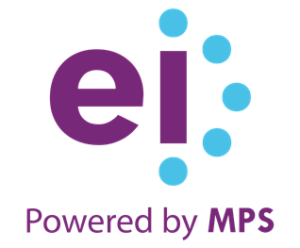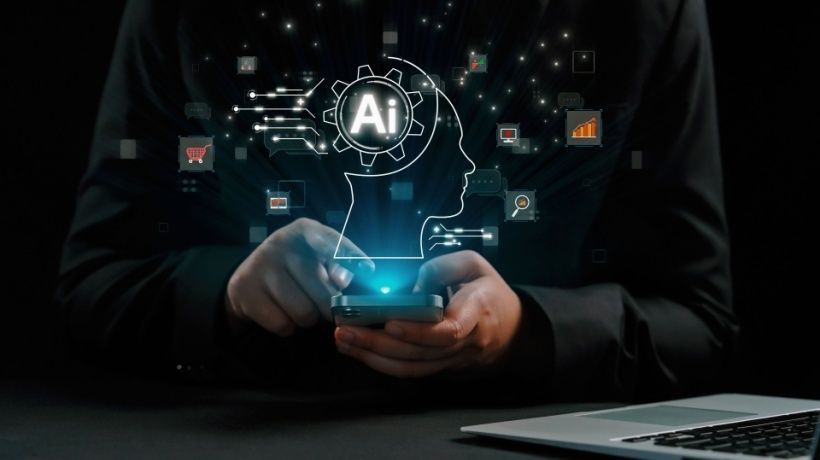Benefits Of Personalization Of eLearning For Employee Training
Today, the usage of eLearning and, increasingly, mobile learning is becoming a standard part of organizational training delivery.
- From the learner’s perspective, the reasons range based on the flexibility of the training on the go, the device of the learner’s choice, and when they want it.
- The organizations see a significant gain in being able to reach a wider audience with a consistent message and being able to track the progress effectively.
With this gain comes an associated challenge.
By definition, the wider reach of eLearning or mobile learning also means that the same program is being rolled out irrespective of differences in:
- Learner proficiency
- The learner’s role
- Learning style
Personalization or eLearning (or personalized eLearning) fits in as an effective approach to address this gap. It enables you to address a wider and heterogeneous audience while offering customized or personalized learning for employee training.
In this article, I outline what personalized eLearning is, how it can be achieved, and the top 10 benefits of personalized learning as you use it for employee training.
What Is Personalized eLearning Οr Mobile Learning?
In simple terms, the personalization of eLearning or mobile learning (or personalized eLearning) for employee training is the customization of the core program so that it can now address the specific learning needs of a given learner profile.
What Techniques Are Available That You Can Use Τo Offer Personalized eLearning?
As I have highlighted earlier, when you roll out a given program to a wider audience and heterogeneous learners, you need to address the following aspects:
- The program should be able to provide a unique and custom learning experience to each learner.
- The program should be able to match the different levels of learner proficiency.
- The program should be able to resonate with different learning styles.
- The learner should be able to select the learning path based on his or her interest, existing knowledge, or the demands of his or her role.
Next, let us look at the techniques you can use to offer personalized learning for employee training. I will be addressing each of these aspects as I outline various techniques.
1. Basic Level Of Personalized eLearning
The basic techniques include:
- Flexibility to choose a font, theme, or background for the eLearning course.
- Create a profile and select an avatar (or upload the learner’s image).
2. Intermediate Level Of Personalized eLearning
I feel that the challenge of being able to address the divergent needs on account of different learning styles is a tough one to crack. However, the following techniques will help in minimizing this challenge:
- Selection of audio
At the beginning of the course, you can provide learners with the control of opting for audio or otherwise. (To provide this flexibility, you need to ensure that the usage of the audio strategy does not limit the onscreen text. This can be achieved by having minimal audio that threads all the frames, but the onscreen text covers the voice-over. Alternatively, if you have extensive audio, the non-auditory learner needs to have access to a transcript, and this can still retain their interest). - Selection of different formats (in case of bandwidth challenges)
In certain geographies, the learners may need the flexibility to achieve the same learning outcome but without the approaches that hog bandwidth. (To manage this, you can replace videos with slideshows.) - Selection of videos vs interactive learning
Many learners demand flexibility to opt for an engaging video that is non-interactive to understand a given concept and then have interactive exercises to practice. You can offer this flexibility to the learners.
3. Advanced Level Of Personalized eLearning
This level offers a customized learning path that can be selected based on:
- The learner’s role
- The learner’s region
This can also have the option for versions that are available in the local language. - The learner’s proficiency
A personalized learning path can be provided based on the learner’s proficiency that is judged through a test (pre-assessment). The test must be designed with a granularity that enables you to direct learners to the section they should go through or what they can skip. - The learner’s interest
Instead of the prescriptive approach of the pre-assessment, the control can be given to learners, and they can create a personalized learning path based on the areas of interest. Alternatively, they can be asked to fill in a survey form and then the system can make the recommendations based on their selected areas. - Personalized feedback to enhance the learning experience
What Are The Top 10 Benefits Of Personalization Of eLearning?
At the beginning of the article, I highlighted the need to offer customized or personalized learning for employee training. Let us look at its top 10 benefits:
- Personalized eLearning approach helps learners by giving them an option to pick what works best for them.
- The extended benefit is that this approach offers higher relevancy and interest to the learners.
- Building on the same value chain, this approach shows higher completion rates.
- It also shows a better ROI on the training spent.
- Learners can set their learning path.
- They can establish their own learning goals.
- They can decide how they want to consume the eLearning content and at the pace they want.
- They can select the kind of learning experience that works best for them (audio, video, language and so on).
- They can get a personalized feedback and use it to recalibrate their progress.
- They can use the recommendations to further enhance their learning path.
I hope I have given you enough reasons to adopt personalized learning for employee training in your organization. If you have any queries, do contact me at [email protected].
Read More:
- Benefits Of Personalized eLearning – Featuring A Case Study For Instructional Designers
- How Personalized eLearning Engages Learners – Featuring A Case study
- 10 Mobile Learning Trends For 2018
- eLearning Trends And Predictions For 2018
- Top 8 Benefits of Personalisation of eLearning










